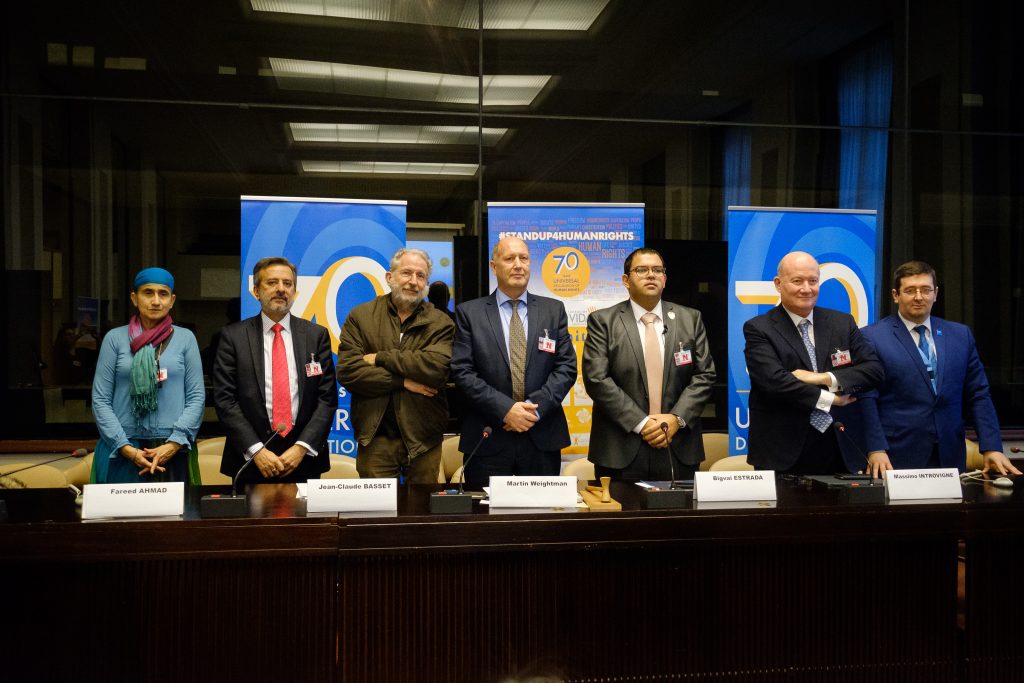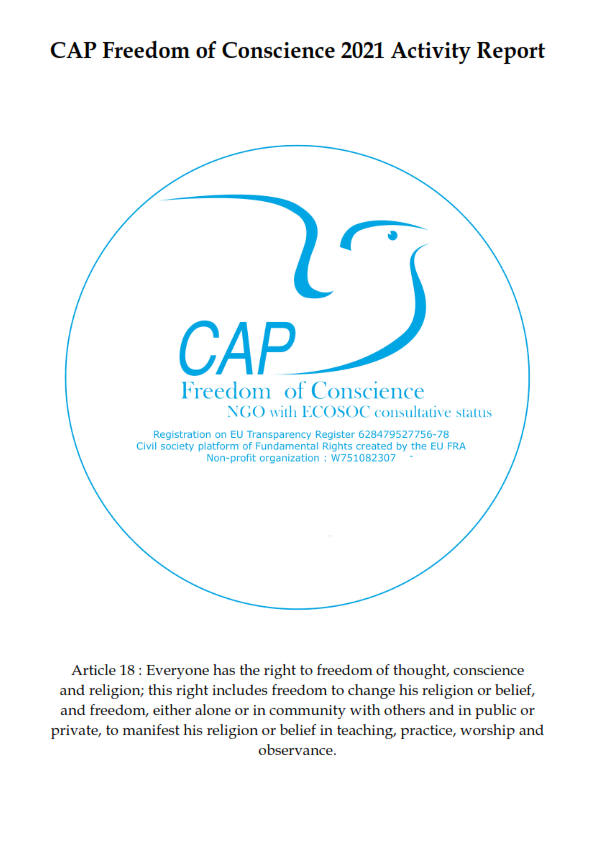by Massimo Introvigne
 CESNUR, the Center for Studies on New Religions, also celebrates its own modest anniversary in 2018. It was established in 1988, and it turns thirty this year.
CESNUR, the Center for Studies on New Religions, also celebrates its own modest anniversary in 2018. It was established in 1988, and it turns thirty this year.
It was founded by scholars studying religious pluralism and new religions or religious movements. Some may object that this is not directly connected to human rights. To be honest we you, we thought the same in 1988. Scholars tend to remain quietly in their academic ivory towers, and do not normally like to show up in the public arena.
Little did we know, however, that we were entering a war zone. What will later be called the “cult wars” were been fought in the 1980s, with the aim of limiting or destroying the liberty of minority movements labeled by their opponents as “cults” and dismissed as something less than genuine religions.
We did know that most of the accusations against the so called “cults” were fake news, and that the distinction between religions and “cults” was pseudo-scientific and arbitrary. A “cult” is simply a religion somebody does not like.
We could not remain silent, while the basic human rights of members of religious movements we were studying and knew quite a lot about were violated all over the world. Almost overnight, we became accidental human rights scholars and advocates.
And that little booklet, the Universal Declaration of Human Rights, became our friend and mentor.
As people who write long books, we do appreciate short documents. As scholars of religion, we also know that texts need interpretation. Many in the world and no doubt many in this room are more experienced than we are in promoting and advertising Article 18 of the Declaration. Having solemnly proclaimed freedom of religion, it simply specifies that,
this right includes freedom to change his religion or belief, and freedom, either alone or in community with others and in public or private, to manifest his religion or belief in teaching, practice, worship and observance.
Our specialized field deals with new religious movements and, in thirty years of activity, perhaps we learned something and identified best practices we can modestly share.
We came to learn the importance of the General Comments to the Declaration published by the treaty bodies. We know both that most scholars regard them as not legally binding, and that the 1965 Vienna Convention on Laws and Treaties stipulates that treaties need contextual interpretation. By ratifying the treaties, states accepted the authority of treaty bodies in providing this much needed interpretation.
We try to promote awareness, and use in legal cases, of one specific General Comment, no. 22, of July 30,1993. It states that,
Article 18 protects theistic, non-theistic and atheistic beliefs, as well as the right not to profess any religion or belief. The terms “belief” and “religion” are to be broadly construed. Article 18 is not limited in its application to traditional religions or to religions and beliefs with institutional characteristics or practices analogous to those of traditional religions. The Committee therefore views with concern any tendency to discriminate against any religion or belief for any reason, including the fact that they are newly established, or represent religious minorities that may be the subject of hostility on the part of a predominant religious community.
We recommend the study, promotion, and use of General Comment 22, and I would conclude with three examples of how it has guided us to advocate for religious liberty of new religious movements.
First, it helps protecting groups that are discriminated or persecuted by those who claim that they are “not genuinely religious.” Perhaps the most blatant case worldwide concerns the Church of Scientology. What critics mean is that it is not structured like traditional religions. GC 22 tells us that “institutional characteristics or practices analogous to those of traditional religions” or even traditional “theistic beliefs” are not required to be protected by Article 18.
Second, it reminds to us scholars, but also to media and authorities, that spreading fake news is a form of violence and discrimination. They are often used to justify physical violence and persecution. Examples are many, but accusations that Jehovah’s Witnesses stockpile weapons or that The Church of Almighty God commits murders have been debunked by scholars as fake news and blatant lies.
Third, GC 22 implies that hostility, fake news and violence against new religious movements may come from both public and private actors, from states, anti-cult organizations (which have often plays a nefarious and even criminal role) and also “predominant religions” intolerant of competition. To remain within the examples already mentioned before—of course, there are many others— we see the protection of de facto religious monopolies at work in more than one country against Scientology and the Jehovah’s Witnesses, and we see rival religionists cooperating with state actors in propagating fake news about The Church of Almighty God and justify its persecution in China, which by the way is one of the most massive instances of religious persecution in the world today.
Our experience teaches us that the sentence “there is nothing to do” is always wrong. There is a lot to do. Since fake news are today the main enemy of human rights, scholars, responsible media and NGOs can cooperate not in screaming about fake news—something now at risk of becoming repetitious and boring—but in lightning the candle of reliable information to dispel the darkness of propaganda.
More information :
https://www.cesnur.org/2018/new_religions_and_human_rights.htm



